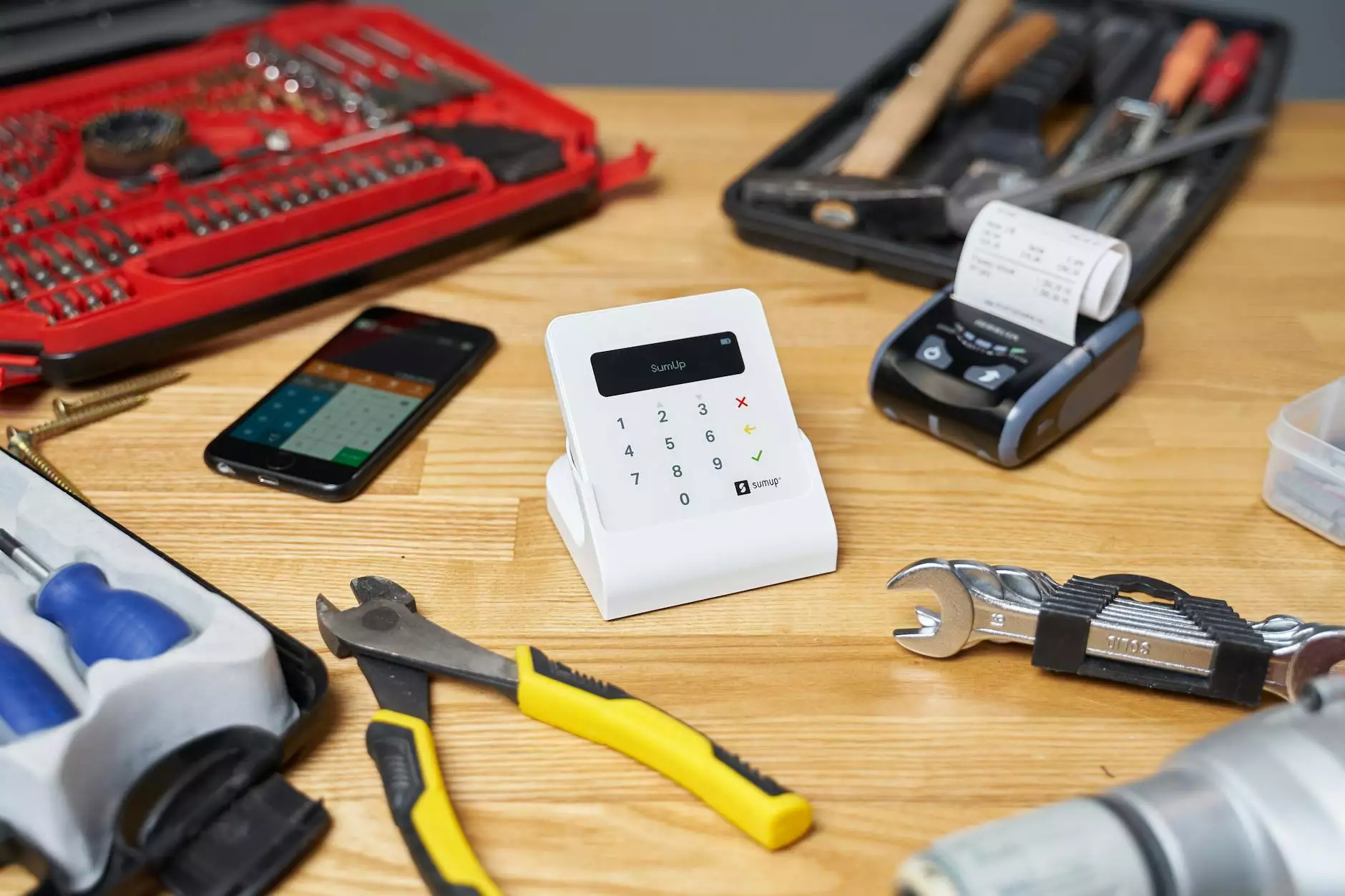How to Build An eCommerce Node Js Web Application
Blog
Introduction
Welcome to LifeBlood SEO Austin, your trusted partner for all your SEO needs. In this comprehensive guide, we will walk you through the process of building a high-performing eCommerce website using Node.js. Whether you are a business owner or a developer, this step-by-step tutorial will provide you with the essential knowledge and best practices to create a successful online store.
Why Node.js for eCommerce?
Node.js has gained significant popularity in recent years, especially for web development projects. Its non-blocking, event-driven architecture allows for highly scalable and efficient applications. When it comes to eCommerce, this means faster page loading times, improved user experience, and better overall performance. By leveraging the power of Node.js, you can build a robust and flexible online store that can handle large amounts of traffic and transactions.
Getting Started: Setting up Your Development Environment
Before diving into the development process, you need to ensure your development environment is properly set up. Here are the essential steps:
- Install Node.js and npm
- Choose a Text Editor or Integrated Development Environment (IDE)
- Initialize Your Project
- Install the Required Dependencies
The first step is to install Node.js and npm (Node Package Manager) on your machine. Node.js is a runtime environment that allows you to execute JavaScript code outside of a browser. npm is a package manager that comes bundled with Node.js and enables easy installation of third-party modules and libraries.
Next, select a suitable text editor or IDE for writing your code. Popular options include Visual Studio Code, Sublime Text, Atom, or WebStorm. You can choose the one that best fits your preferences and workflow.
Once you have your development environment ready, create a new directory for your project and navigate to it using the command line. Run npm init to initialize a new Node.js project. This will create a package.json file, which will store your project's metadata and dependencies.
In order to build an eCommerce website, you will need to install certain Node.js packages and libraries. Some essential ones include Express.js, Mongoose, and EJS. These modules will provide you with the necessary tools and functionalities to create a dynamic and interactive online store.
Designing Your eCommerce Website
A visually appealing and user-friendly design is crucial for the success of your eCommerce website. Here are some key design considerations:
Responsive Design
With the increasing use of mobile devices for online shopping, it is imperative that your website is fully responsive. Responsive web design ensures that your website adapts seamlessly to different screen sizes and resolutions, providing a consistent and optimized user experience across devices.
Intuitive Navigation
Clear and intuitive navigation is essential for guiding users through your online store. Implement a logical and well-structured navigation system that allows customers to easily find and browse products, view categories, and access other important pages such as the shopping cart and checkout.
Compelling Product Pages
Each product page should showcase your merchandise effectively. Include high-quality images from different angles, detailed product descriptions, pricing information, and any other relevant details. Make it easy for customers to add items to their cart and proceed to checkout.
Secure Checkout Process
One of the critical aspects of any eCommerce website is the security of the checkout process. Ensure that your website utilizes secure protocols such as SSL (Secure Sockets Layer) to encrypt sensitive customer information and protect against unauthorized access.
Implementing the Backend: Node.js and Express.js
Node.js, coupled with the Express.js framework, provides an ideal backend solution for eCommerce websites. Express.js simplifies the development process, allowing you to create robust APIs, handle HTTP requests, manage routes, and much more.
Setting Up Routes
Define the necessary routes for handling various actions and functionalities of your eCommerce website. This includes routes for product listing, adding items to the cart, managing user authentication, and processing payments.
Managing the Database using Mongoose
Mongoose is a popular library that simplifies the process of interacting with databases in Node.js. Use Mongoose to define models for your eCommerce website and handle crucial operations such as storing product information, managing user accounts, and handling order data.
Implementing User Authentication
User authentication is an integral part of any eCommerce website. Employ secure authentication methods such as bcrypt for password hashing and implement user registration and login functionality to ensure secure access to customer accounts.
Integrating Payment Gateways
Facilitate seamless payment processing by integrating popular payment gateways such as PayPal, Stripe, or Braintree. Choose the payment gateways that suit your business requirements and handle sensitive customer payment information securely.
Testing and Deployment
Thorough testing is crucial to ensure the functionality, performance, and security of your eCommerce website. Consider the following steps:
Unit Testing
Write unit tests for different components of your application to verify their individual functionality. This helps identify and fix any potential bugs or issues early in the development process.
Integration Testing
Perform integration testing to ensure that all components of your eCommerce website work seamlessly together. Test various scenarios, such as adding items to the cart, processing orders, and handling user authentication.
Performance Testing
Check the performance of your eCommerce website by simulating real-world traffic and stress testing. Use tools like Apache JMeter or Lighthouse to identify any performance bottlenecks and optimize your website for speed.
Deployment
When deploying your eCommerce website to a live server, consider using cloud platforms like AWS or Heroku for scalability and ease of management. Configure your server environment, set up SSL certificates, and monitor your application's performance regularly.
Conclusion
Congratulations! You now have the knowledge to build a powerful eCommerce website using Node.js. By leveraging the scalability and efficiency of Node.js, you can create an online store that provides an exceptional user experience and drives business growth. Remember to continuously monitor your website's performance, implement SEO strategies, and keep your content up to date to stay ahead of the competition. If you need any assistance or want to take your website to the next level, feel free to contact LifeBlood SEO Austin, the leading SEO services provider in the Business and Consumer Services industry.










